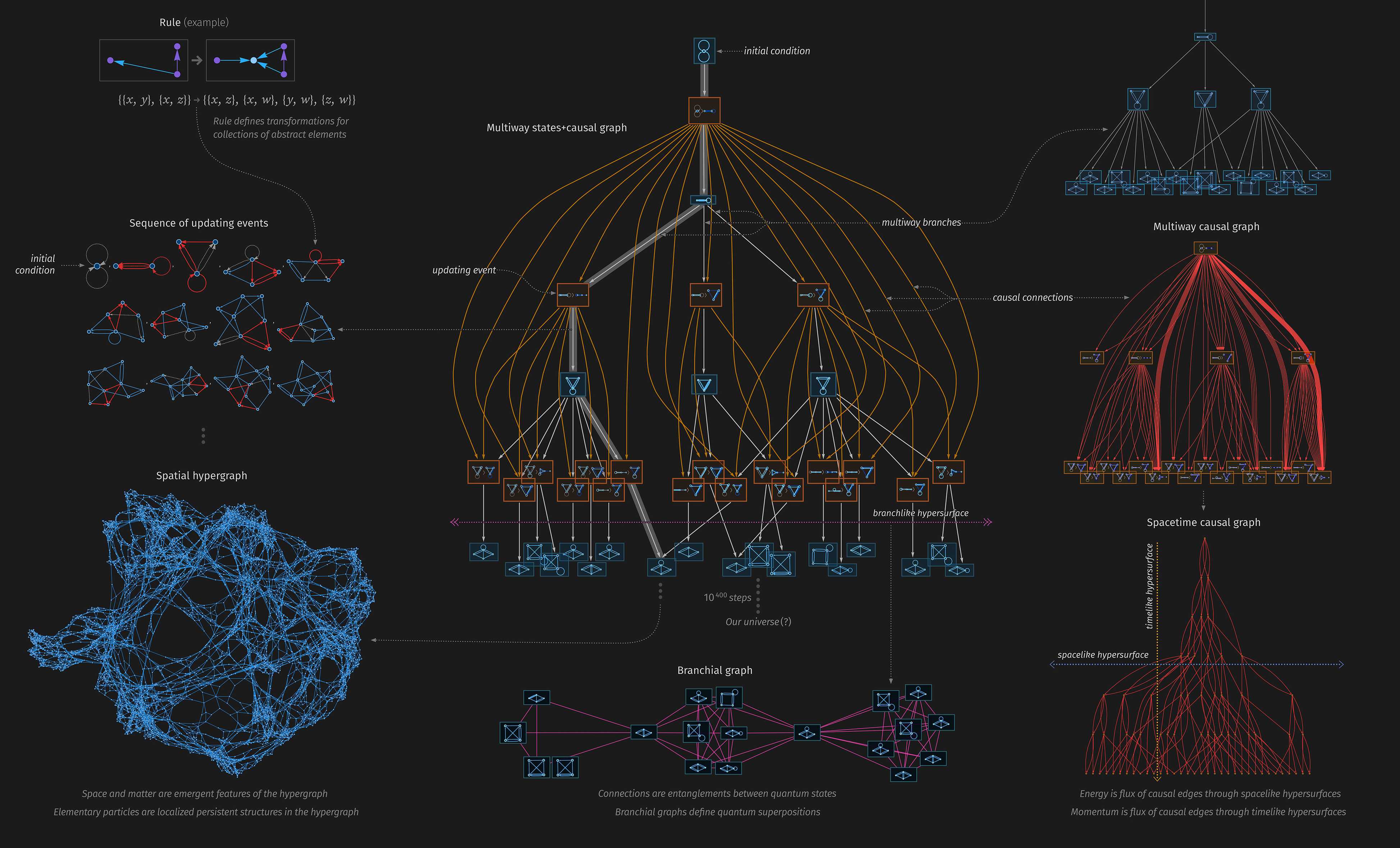

Memories 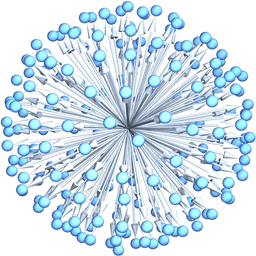
I still remember clearly that I was particularly interested in mathematics and theoretical physics when I graduated from junior high school, and studied advanced mathematics and basic physics on my own. After that, I was full of pleasure in exploring physics and mathematics, and every day after entering my first year of high school, I would go to the library after lunch and flip through science and technology magazines, then I participated in the National High School Students Applied Physics Knowledge Contest for the first time, and I remember the final question of the paper I used calculus to solve the problem, and when I got out of the examination room, I didn’t even think that I would get it. I was very happy at that time, and I am still very grateful to Mr. Yao, our class teacher and chemistry teacher in my first year of high school, for having seen the ranking list of science scores in his hands when I went to the school to register. He was the class representative in chemistry, and in every exam he would praise me for the clarity of the solution to a particular problem. Every Sunday, on the way to school, I would stand in the Xinhua bookstore for one to two hours to look up books and scientific materials related to relativity.
After fifteen years, I would like to start studying mathematics again, and after four years in college I set my goal to learn violin. Linux, got a computer-related job, and also played photography and video on the way. I want to continue to change myself now, there are two things I can never lose **theoretical physics **and **violin **, now 30 years old, I want to pick up their own junior high school time like theoretical physics, including their own entrepreneurial stage also hope to get involved with mathematical physics, back to the original starting point, tired of practicing the violin, do not leave their own regrets in life. It was from this point on that I created this website, hoping to document what I had seen, heard and felt. Today I read Wolfram’s article about his own discovery and explanation of the ultimate theory of the universe, so I decided to spend a week studying his graph theory and then record my own knowledge and insights in this article, which is my motivation for writing it.
Journey
The theory summarized by Wolfram is based on simple rules, and given the initial state of the system, the system evolves itself recursively according to those rules.
The rule  .
.
symbolic rule formulation {{x, y}, {x, z}} -> {{x, z}, {x, w}, {y, w}, {z, w}}
Initial state 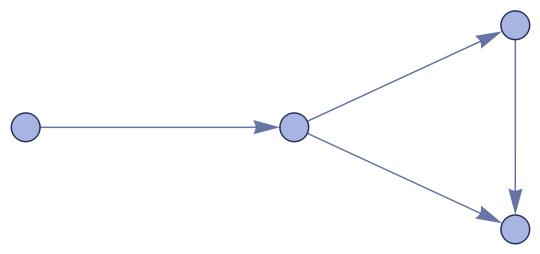
System Evolutionary Process
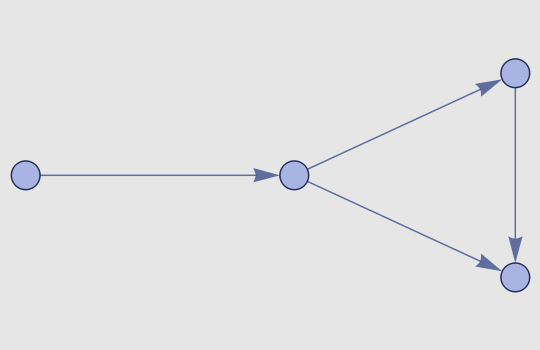
Rules 
symbolic rule formulation {{1, 2, 3}} -> {{4, 4, 2}, {4, 1, 3}}
Initial state 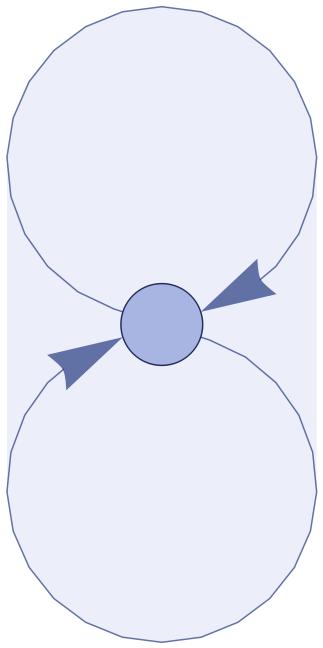
System Evolutionary Process
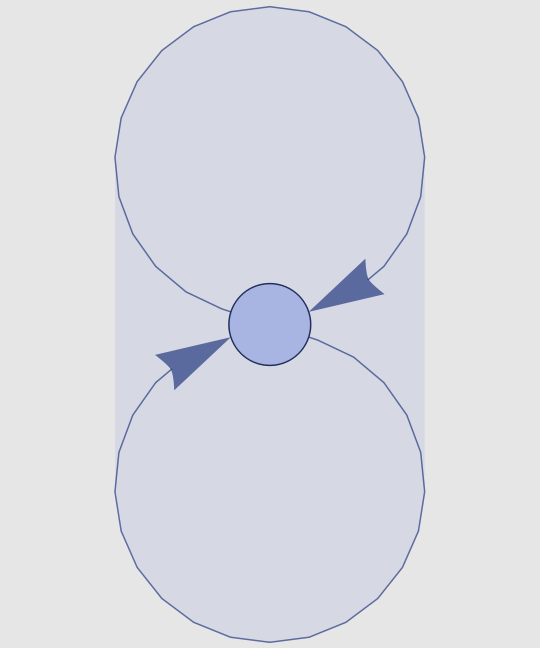
This leads us to wonder if we can exhaust all possible rules, and if our universe matches some of these rules, e.g., if we evolve the system according to the same starting state, but according to different rules, and we get the following example.
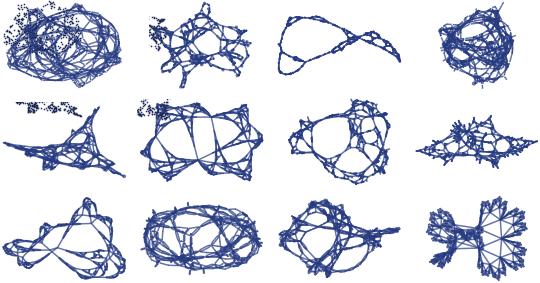
The starting point for all these end states is!
Here we can imagine the string theory, which tells us that the most basic form of the world is the string, and that the different frequencies of the strings give rise to different forms, which are then superimposed on each other to form the matter we see.
What is Space
Let’s first see what kind of world will evolve based on this rule {{x, y, y}, {z, x, u}} → {{y, v, y}, {y, z, v}, {u, v, v}}.
Rule formulation:

Initial state: 
After two hundred iterations, we can get the final generation as follows, with an evolutionary animation: 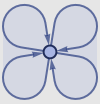
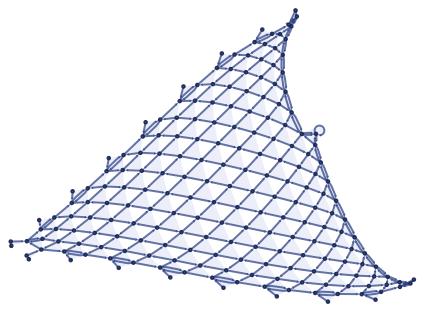
Here’s where we find something interesting, starting with a simple self-circulating structure, then based on our rules, it starts to evolve and finally generates a web of similar sheets in space, and as the number of iterations continues to increase, the sheets in this space evolve more and more densely, forming what we know as a continuously differentiable flow pattern.
When we look at it from a little distance, water is a fluid with a continuous surface, but when we approach it incorrectly and magnify it, we get a discrete world of water molecules, which in turn are composed of hydrogen and oxygen atoms.
Finally, a 500-step evolutionary dynamics diagram of the above rule is given: 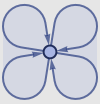
Based on the same principle, can we evolve a three-dimensional space diagram by a simple rule.
Rule: {{x, x, y}, {z, u, x}} → {{u, u, z}, {v, u, v}, {v, y, x}}

After 2200 iterations, we can see that a 3D-like manifold has been generated, and our initial state is still  , where we don’t tell the system what kind of shape it will eventually generate, but simply apply our rules to create each process.
, where we don’t tell the system what kind of shape it will eventually generate, but simply apply our rules to create each process.
The system does not tell you what graphics it will eventually generate, but simply applies our rules to create each process.
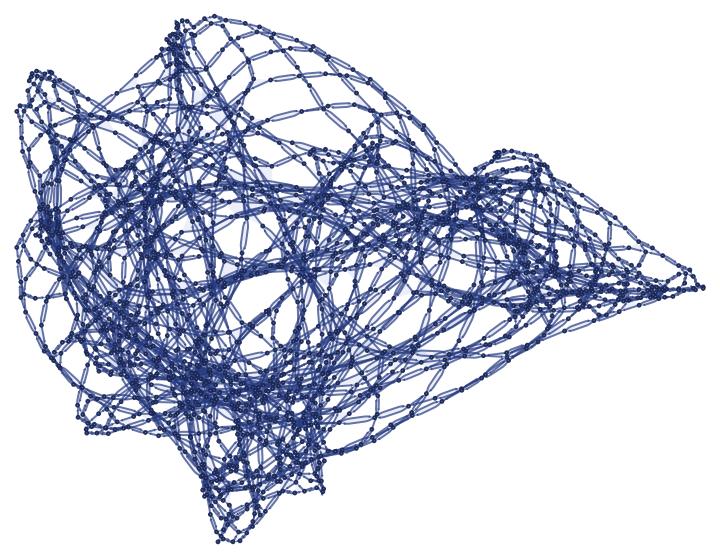
Dimensions of space
Doing…
